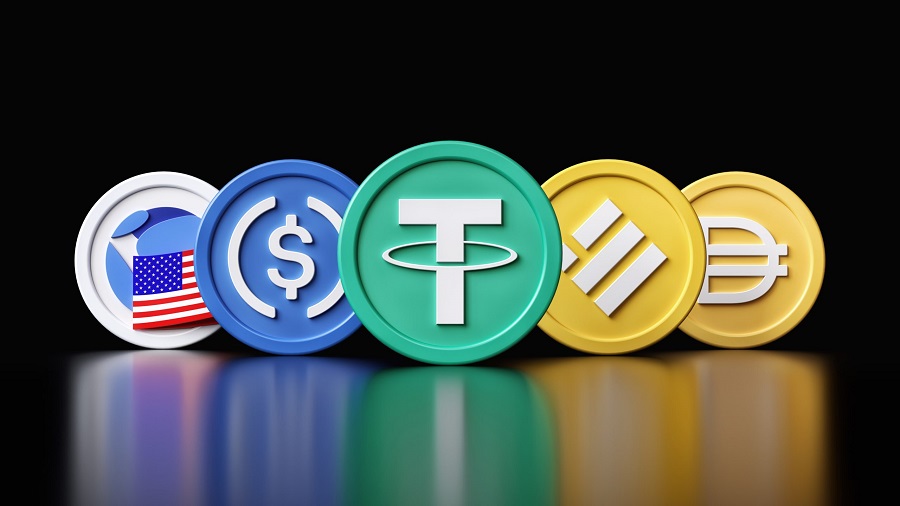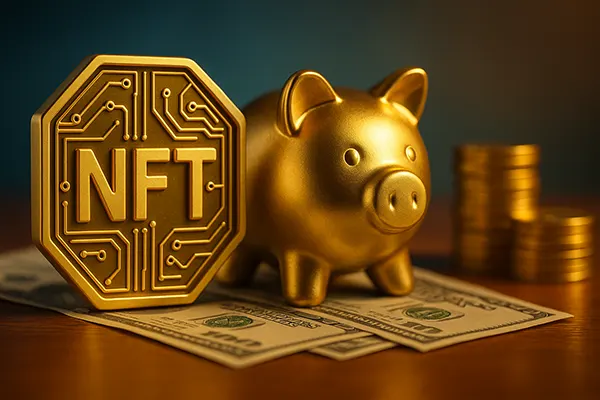
Stablecoins Demystified: Their Mechanism and Significance in Today’s Economy
Stablecoins have garnered significant attention in recent years, bridging the gap between traditional fiat currencies and the volatile world of cryptocurrencies. They promise stability in value, making them increasingly integral in digital transactions and as a hedge against crypto-market volatility.
What Are Stablecoins?
Stablecoins, as the name suggests, are a type of cryptocurrency designed to minimize the volatility associated with other coins like Bitcoin or Ethereum. They achieve this stability by pegging their value to an external reference, often a reserve of assets like the U.S. dollar or gold.
With the advancement of decentralized finance (DeFi) platforms and the quest for reduced volatility in crypto investments, stablecoins have found their place as a reliable digital asset. Unlike other cryptocurrencies whose value can swing dramatically within short periods, stablecoins offer a semblance of predictability.
The underlying idea is simple: if a stablecoin is pegged to the value of a U.S. dollar, for instance, it will always be worth roughly one dollar. This peg can be maintained through various mechanisms, depending on the type of stablecoin.
Mechanisms Behind Stablecoins
Understanding how stablecoins maintain their value is crucial. Primarily, there are three mechanisms:
1. Fiat-Collateralized
This is the most straightforward mechanism. For every stablecoin issued, there is an equivalent amount of fiat currency held in reserve. Periodic audits ensure transparency and trust in the system. Examples include USDC and Tether (USDT).
2. Crypto-Collateralized
Instead of fiat, other cryptocurrencies are held as collateral. To account for the volatility of the backing crypto assets, mechanisms such as liquidation of assets and over-collateralization are used. DAI is a notable example of a crypto-collateralized stablecoin.
Why Stablecoins Matter
With their unique blend of cryptocurrency features and stability, stablecoins have garnered interest from both individual investors and institutions. They offer several advantages:
Firstly, they provide a safe haven during turbulent market conditions. When the value of other cryptocurrencies is plummeting, investors can convert their assets into stablecoins to preserve value.
Secondly, they facilitate transactions on DeFi platforms, where stable value is needed for lending, borrowing, and earning interest. This has resulted in the proliferation of DeFi projects and platforms leveraging stablecoin technology.

Challenges and Criticisms
Despite their growing adoption, stablecoins are not without challenges. Regulatory scrutiny, especially for fiat-collateralized stablecoins, is on the rise. Governments and central banks worldwide are concerned about the potential systemic risks they pose if not properly managed.
The transparency of reserves, especially for coins like Tether, has been a point of contention. Ensuring that every coin is backed by an actual asset is crucial for trust and adoption.
Moreover, while they offer stability, they don’t promise profitability. Their value remains relatively static, making them unsuitable for investors looking for high returns.
Concluding Thoughts
Stablecoins represent a significant evolution in the world of digital assets. By providing a bridge between traditional finance and the innovative world of cryptocurrencies, they hold the potential to revolutionize transactions and investments.
As the crypto landscape continues to evolve, the role of stablecoins is set to become even more crucial. Their blend of stability and blockchain technology promises a brighter, more stable future for digital finance.





